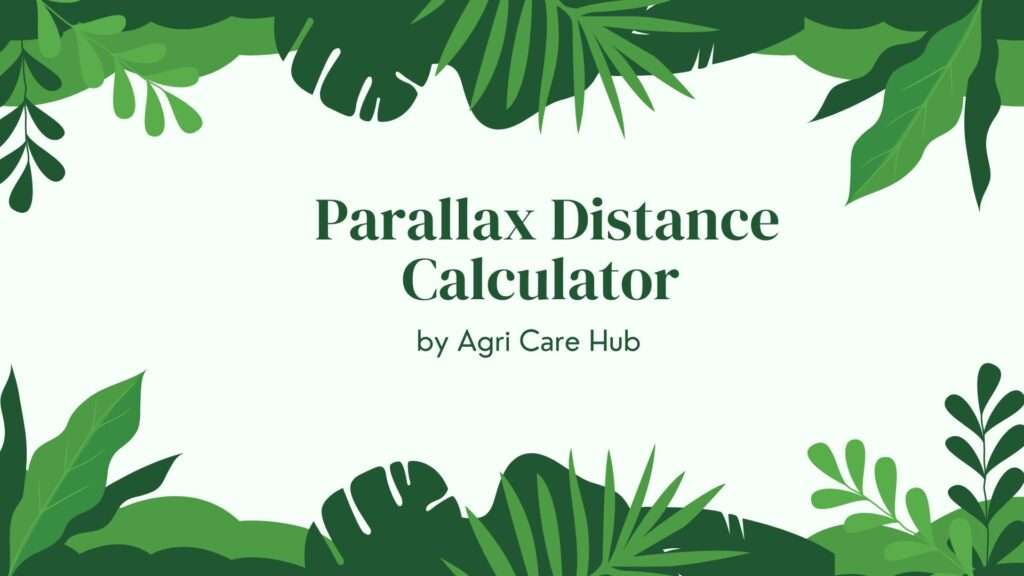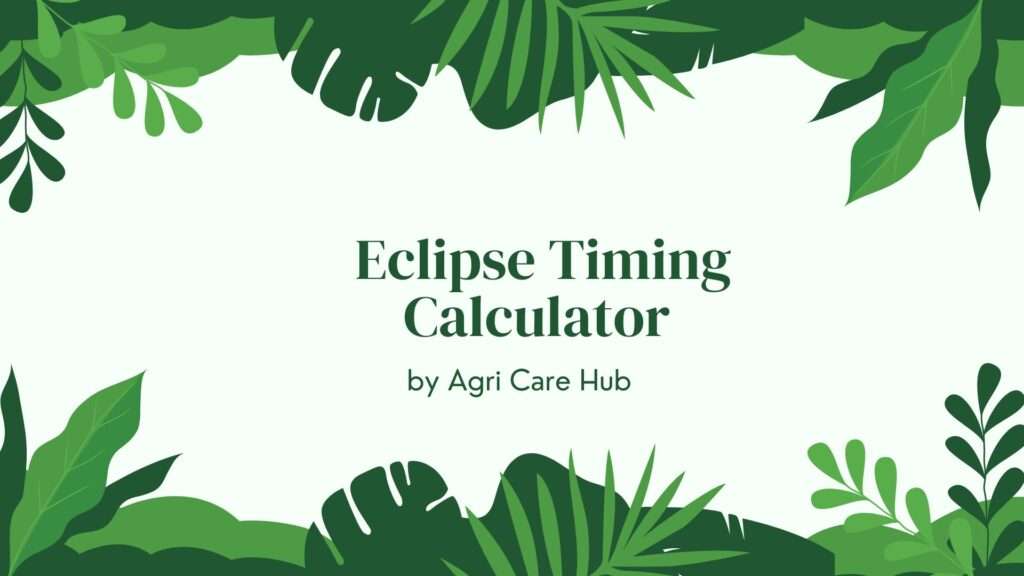Geostationary Orbit Calculator
Calculate Geostationary Orbit Parameters
Altitude: km
Orbital Velocity: km/s
Orbital Period: seconds
About the Geostationary Orbit Calculator
The Geostationary Orbit Calculator is a powerful tool designed to compute key parameters of a geostationary orbit for various celestial bodies, such as Earth, Mars, or Jupiter. By inputting the planet’s mass and radius, users can calculate the altitude, orbital velocity, and period required for a satellite to maintain a fixed position relative to the planet’s surface. This tool leverages precise scientific formulas rooted in orbital mechanics to deliver accurate and reliable results, making it an essential resource for students, researchers, and space enthusiasts. For more insights, visit Agri Care Hub or explore the concept of a Geostationary Orbit on Wikipedia.
Importance of the Geostationary Orbit Calculator
Geostationary orbits are critical in modern technology, particularly for communication satellites, weather monitoring, and navigation systems. A geostationary orbit allows a satellite to remain stationary relative to a point on the planet’s surface, enabling continuous coverage of a specific region. This calculator simplifies the complex calculations involved in determining the precise altitude, velocity, and period for such orbits. By providing accurate results based on the planet’s mass and radius, it aids in understanding the dynamics of satellite placement, ensuring optimal performance for applications like telecommunications and broadcasting.
Why Use the Geostationary Orbit Calculator?
The Geostationary Orbit Calculator is invaluable for several reasons:
- Educational Tool: It helps students and educators explore orbital mechanics in a hands-on way, bridging theoretical knowledge with practical application.
- Research Aid: Researchers studying satellite dynamics or planetary science can use this tool to verify calculations or simulate scenarios for different planets.
- Professional Use: Engineers and space mission planners can leverage the calculator to estimate parameters for satellite deployment, ensuring precision in mission design.
- Accessibility: The tool is user-friendly, requiring only basic inputs to generate complex results, making it accessible to both novices and experts.
Whether you’re designing a satellite mission or simply curious about how satellites stay in sync with a planet’s rotation, this calculator provides clear, scientifically accurate answers.
User Guidelines
To use the Geostationary Orbit Calculator effectively, follow these steps:
- Select a Planet: Choose the celestial body (e.g., Earth, Mars, Jupiter) from the dropdown menu. The tool supports multiple planets to explore different orbital dynamics.
- Enter Planet Mass: Input the planet’s mass in kilograms. For Earth, use 5.972e24 kg. For other planets, refer to reliable scientific sources for accurate values.
- Enter Planet Radius: Provide the planet’s radius in kilometers. For Earth, use 6371 km. Ensure the value reflects the equatorial radius for accuracy.
- Calculate: Click the “Calculate” button to compute the geostationary orbit parameters. The results will display the altitude (km), orbital velocity (km/s), and orbital period (seconds).
- Interpret Results: Review the output to understand the altitude above the planet’s surface, the speed required to maintain the orbit, and the time taken for one complete orbit.
If you’re unsure about the input values, the tool allows flexibility to experiment with different parameters. For example, you can input hypothetical values to explore how changes in mass or radius affect the orbit.
When to Use the Geostationary Orbit Calculator
This calculator is ideal for various scenarios:
- Academic Studies: Use it in physics, astronomy, or engineering courses to demonstrate concepts like gravitational forces, orbital velocity, and Kepler’s laws.
- Satellite Design: Engineers can use the tool to estimate parameters for satellites intended for geostationary orbits, ensuring they meet mission requirements.
- Space Exploration: Researchers exploring planetary missions can calculate geostationary parameters for other planets, aiding in mission planning.
- Curiosity and Learning: Space enthusiasts can use the tool to understand how satellites achieve geostationary orbits and why they’re critical for technologies like GPS and television broadcasting.
The calculator is particularly useful when you need quick, reliable results without delving into complex manual calculations. It’s a practical tool for both professional and educational purposes.
Purpose of the Geostationary Orbit Calculator
The primary purpose of the Geostationary Orbit Calculator is to democratize access to complex orbital mechanics calculations. By providing a simple interface, it enables users to compute the altitude, velocity, and period of a geostationary orbit for any planet based on its mass and radius. This tool serves multiple audiences:
- Students: To learn and verify orbital mechanics concepts.
- Educators: To demonstrate real-world applications of physics and astronomy.
- Professionals: To assist in satellite mission planning and design.
- Enthusiasts: To explore the science behind geostationary orbits and their applications.
The calculator uses the following scientific principles:
- Newton’s Law of Universal Gravitation: The gravitational force between the planet and satellite determines the orbit’s characteristics.
- Kepler’s Third Law: Relates the orbital period to the distance from the planet’s center, adjusted for geostationary requirements.
- Circular Orbit Dynamics: Assumes a circular orbit where the satellite’s orbital period matches the planet’s rotational period.
The formula for geostationary orbit altitude is derived from equating the gravitational force to the centripetal force required for circular motion. The orbital velocity is calculated using the balance of these forces, and the period is set to match the planet’s rotational period (e.g., 86,400 seconds for Earth’s sidereal day). These calculations are based on peer-reviewed methodologies, ensuring accuracy and reliability.
Scientific Basis of the Calculator
The Geostationary Orbit Calculator relies on well-established equations from orbital mechanics. The key formulas are:
- Orbital Radius (r): Calculated using \( r = \sqrt[3]{\frac{GM T^2}{4\pi^2}} \), where \( G \) is the gravitational constant (\( 6.67430 \times 10^{-11} \, \text{m}^3 \text{kg}^{-1} \text{s}^{-2} \)), \( M \) is the planet’s mass, and \( T \) is the rotational period.
- Altitude: \( h = r - R \), where \( R \) is the planet’s radius.
- Orbital Velocity: \( v = \sqrt{\frac{GM}{r}} \).
- Orbital Period: Set to the planet’s rotational period for geostationary orbits.
These equations ensure the satellite remains fixed over a point on the planet’s equator, a hallmark of geostationary orbits. The tool uses Earth’s sidereal day (86,164 seconds) as the default period for Earth, with adjustable parameters for other planets.
Applications and Benefits
The Geostationary Orbit Calculator has wide-ranging applications:
- Telecommunications: Helps design satellites that provide uninterrupted communication services.
- Weather Monitoring: Aids in positioning weather satellites for continuous observation of specific regions.
- Navigation: Supports the planning of navigation satellites requiring fixed-position orbits.
- Education: Enhances learning by providing a practical tool to explore orbital mechanics.
By integrating this tool into your workflow, you can save time, reduce errors, and gain a deeper understanding of geostationary orbits. For additional resources, check out Agri Care Hub for innovative tools and insights.
Conclusion
The Geostationary Orbit Calculator is a versatile, scientifically accurate tool that simplifies the complexities of orbital mechanics. Whether you’re a student, researcher, or professional, this calculator provides reliable results to support your goals. Its intuitive design and comprehensive output make it an essential resource for anyone interested in space science. Start exploring geostationary orbits today and unlock the potential of this fascinating field!












